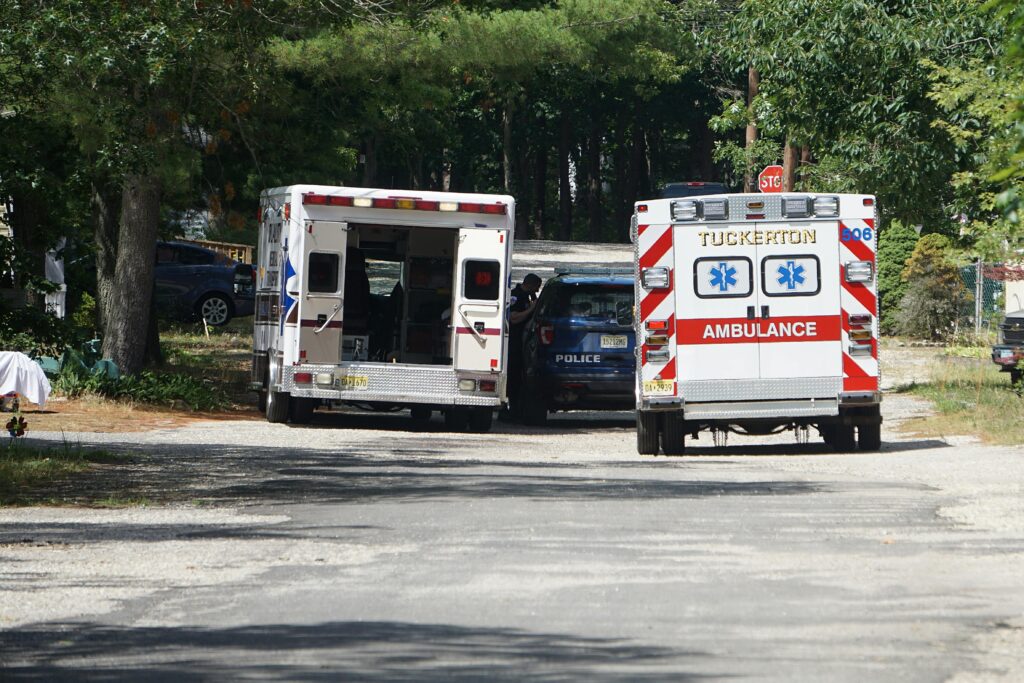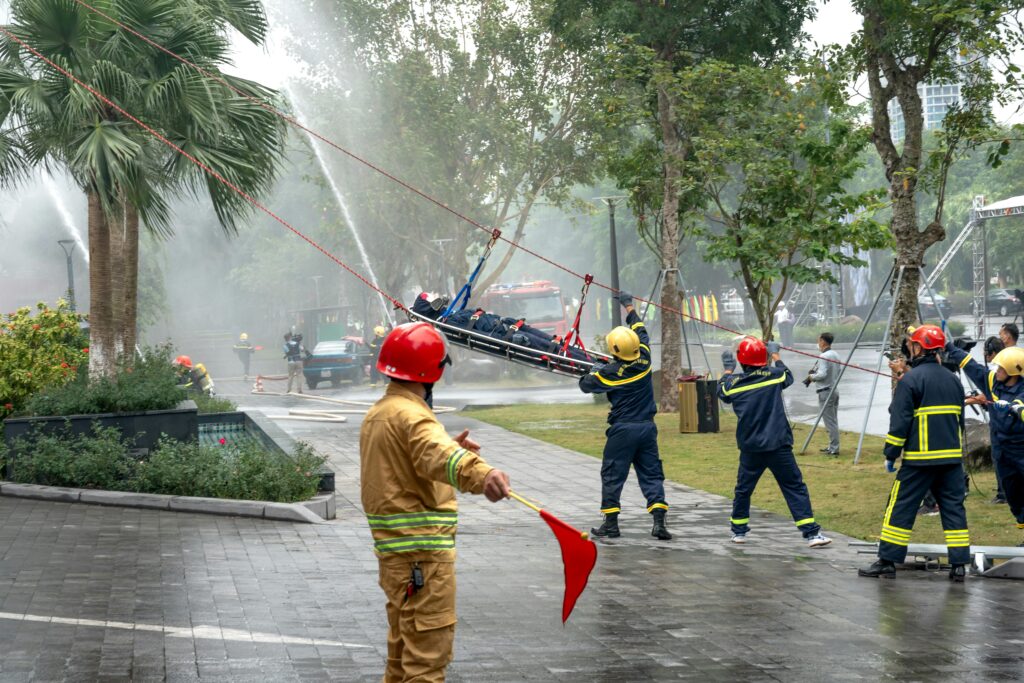On August 6, Ghana suffered one of its worst aviation disasters in years when a military helicopter bound for Obuasi crashed, killing all eight people aboard—including the Defence and Environment Ministers. This tragedy has placed the Ghana infrastructure crisis under intense scrutiny, exposing long-standing weaknesses in aviation oversight, emergency response, and broader governance.
The incident has triggered a national conversation about how systemic failures in transport infrastructure—whether in the air or on the ground—continue to put lives at risk. It is a sobering reminder that without coordinated investment, legislative enforcement, and strategic planning, accidents will keep repeating themselves.

The Catastrophe That Exposed Systemic Vulnerabilities
The Harbin Z-9EH helicopter took off from Kotoka International Airport but disappeared from radar over the Ashanti region. All eight on board died. Search teams later found the crash site in dense forest. The identification of victims was slow because Ghana lacks advanced forensic facilities. As a result, authorities had to send DNA samples abroad for confirmation.
This was not an isolated failure. Ghana’s transportation systems—whether roads or aviation—suffer from gaps in oversight, planning, and emergency protocols. The Bureau of Public Safety stressed that grief alone is not enough; it should lead to stricter rules, better maintenance, and smarter pre-flight decision-making.
Aviation Oversight: Strong Laws, Weak Execution
Ghana has made legal progress with measures such as the Civil Aviation Act 2024 (Act 1120), which aims to improve regulation. However, implementation remains inconsistent. According to ICAO, Ghana has an effective implementation rate of almost 90%, yet not all standards are being met in practice.
Compounding the problem are unpredictable weather patterns, challenging forest terrain, and outdated navigation systems, all of which make safe flight operations harder.
Airports: Progress and Persistent Risks
Recent airport upgrades show Ghana’s commitment to aviation growth. Tamale International Airport now boasts modern facilities, and Kumasi’s Prempeh I Airport can support night operations and international traffic. Still, Obuasi relies on a private airstrip without proper safety equipment or navigation aids.
Kotoka International Airport in Accra remains the main hub, handling more than 3.4 million passengers in 2024. Yet, it too faces issues such as runway closures for repairs and outdated facilities at Terminal 2. Uneven development and inconsistent maintenance create safety gaps across the network.

Forensic and Emergency Response Gaps
The crash’s aftermath revealed a critical lack of forensic capacity. Ghana has trained experts but no advanced genetic testing facilities. The Ghana Academy of Forensic Sciences has urged the creation of a National Forensic Policy to strengthen disaster response. Such a policy would ensure proper DNA identification, dignified victim handling, and modern training for emergency teams.

The Fuel Supply Myth
Amid speculation, the National Petroleum Authority (NPA) confirmed that fuel shortages were not a factor in the crash. Aviation turbine kerosene reserves remain sufficient. The real problem lies in systemic weaknesses—particularly in aviation governance, infrastructure maintenance, and disaster preparedness.
Reform Roadmap for Ghana’s Infrastructure Crisis
To prevent future tragedies, experts and policymakers suggest a multi-pronged strategy:
1. Strengthen Aviation Safety Enforcement
- Fully implement the Civil Aviation Act 2024.
- Conduct regular fleet inspections and mandate safety audits.
- Invest in advanced navigation and weather-monitoring tools.
2. Upgrade Airport Infrastructure Nationwide
- Modernize regional airports like Tamale and Kumasi to support emergency operations.
- Equip airstrips in underserved areas like Obuasi with basic safety systems.
3. Build Forensic and Disaster Response Capacity
- Establish a National Forensic Policy with fully equipped DNA labs.
- Train first responders in mass-casualty management.
- Integrate communication protocols between the military, police, and health services.
4. Improve Governance and Accountability
- Ensure independent investigations for all aviation accidents.
- Maintain succession plans for government continuity in leadership loss events.
5. Leverage Regional and Technological Solutions
- Use the ANS Air Traffic Command Centre for better coordination.
- Adopt API/PNR systems for real-time passenger and crew tracking.
From Tragedy to Transformation
This helicopter crash is more than a tragic accident—it is a defining moment in Ghana’s modern history. It has sparked urgent discussions on how to address the Ghana infrastructure crisis before more lives are lost.
President John Mahama’s call to “turn grief into progress” must now be backed by tangible actions—investment in infrastructure, full enforcement of safety laws, and a national commitment to resilience.

Learn more about Ghana’s reflective efforts in:
- International Civil Aviation Organization – Safety Implementation
- World Bank – Ghana Infrastructure Overview
- Reuters – Africa Aviation Safety Reports



Leave a Reply